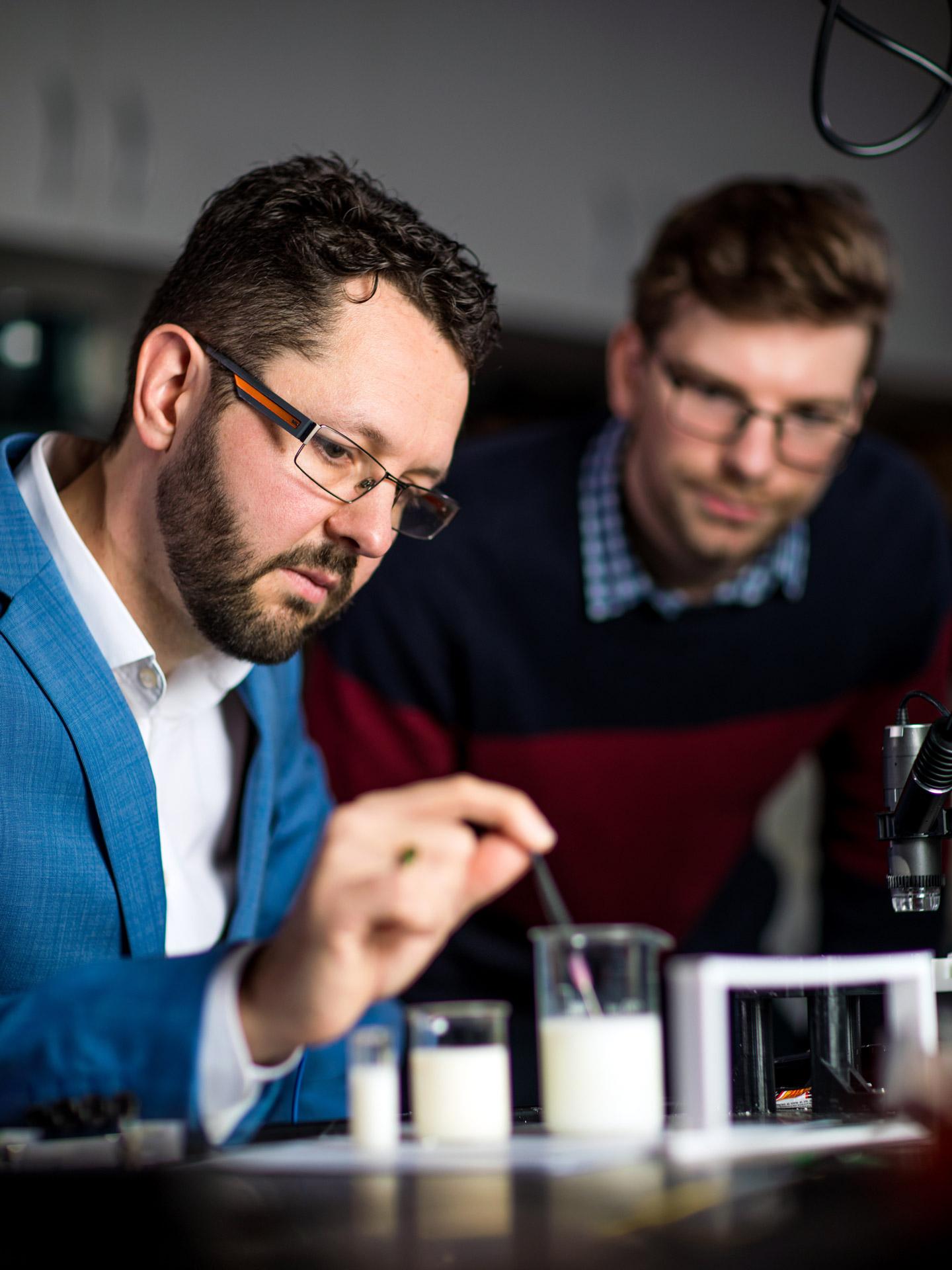4D in vivo biophotonics for metabolism and pain in real time
This novel interdisciplinary research will contribute to new insights into the mechanisms underlying oxidative stress responses, and to develop a new, world first research area in phenotyping using biophotonics.

Oxygen metabolism is a normal and necessary process that takes place in animals and plants. Our cells and plant cells produce free radicals known as reactive oxygen species (ROS) continuously as a byproduct of oxygen metabolism and reaction to various environmental stresses, which must be normalised to avoid oxidative stress[1].
Oxidative stress is intimately linked to cellular energy balance and occurs when there’s an imbalance between production and accumulation of ROS in cells and tissues and the ability of a biological system to keep in a redox steady state[2].
Oxidative stress has been linked to intense exercise, inadequate diet, ageing and several age-related disorders, and several diseases including Alzheimer's disease, rheumatoid arthritis, diabetes, sepsis, chronic renal failure, and respiratory distress syndrome[1].
ROS are also associated with stress responses in plants. Excessive accumulation of ROS damages membranes, proteins and photosystems, inhibiting photosynthetic activity. Plants use a complex antioxidant system to regulate ROS levels and avoid toxicity, but changes in redox status are also perceived by plants as a signature of a specific stress that will result in an acclimation response[3].
Redox homeostasis in plants is finely regulated by the elaborate ROS scavenging system that maintains a balance between ROS production and ROS scavenging[4]. This balance is altered when plants undergo stressful conditions, in which case excessive oxygen free radicals lead to oxidative stress that can damage and disrupt many biological processes and potentially lead to cell death[5].
The ability of the ROS scavenging system to maintain redox homeostasis under stress is associated with reduced oxidative stress and tolerance to abiotic challenges[6]. ROS are transient unstable molecules that are difficult to measure due to their short half-lives and high reactivity with other molecules[7]. Reported measurements of ROS in biology are highly variable due to unavoidable technical inaccuracies.
Key references
- Free radicals, antioxidants and functional foods: Impact on human health, Pharmacogn. Rev.
- Oxidative stress, prooxidants, and antioxidants: The interplay, Biomed. Res.
- The physiological and genetic basis of combined drought and heat tolerance in wheat, J. Exp. Bot.
- Reactive oxygen species (ROS) and response of antioxidants as ROS-scavengers during environmental stress in plants, Front. Environ. Sci.
- Reactive oxygen species, oxidative damage, and antioxidative defense mechanism in plants under stressful conditions, J. Bot.
- The roles of environmental factors in regulation of oxidative stress in plant, Biomed Res.
- Senescence, stress, and reactive oxygen species’ Plants
Join our research
Our team have developed new in vivo biophotonic sensors to show the dynamic nature of ROS metabolism.
This project provides you with the unique opportunity to work in optics and biophotonics on the development of these new tools, and/or use these new biophotonic sensors for fundamental discoveries in plant biology and molecular and biomedical science.
Your research in this new, emerging area of science could improve outcomes for type-1 diabetes sufferers as well as provide crucial redox balance information for athletes, livestock and plants.
This novel interdisciplinary research will contribute to new insights into the mechanisms underlying oxidative stress responses, and to develop a new, world first research area in phenotyping at the University, further strengthening the University of Adelaide's world renowned expertise in phenotyping and biophotonics.
Supervisors
Dr Roman Kostecki | Dr Penny Tricker | Professor Mark Hutchinson
Research area: This project spans several areas including
- School of Physical Sciences
- School of Agriculture, Food and Wine
- Adelaide Medical School
- The Institute of Photonics and Advanced Sensing (IPAS)
- Waite Research Institute (WRI)
- ARC Centre for Nanoscale BioPhotonics (CNBP)
Recommended honours enrolment: Honours in Physics or Honours in Plant Science
